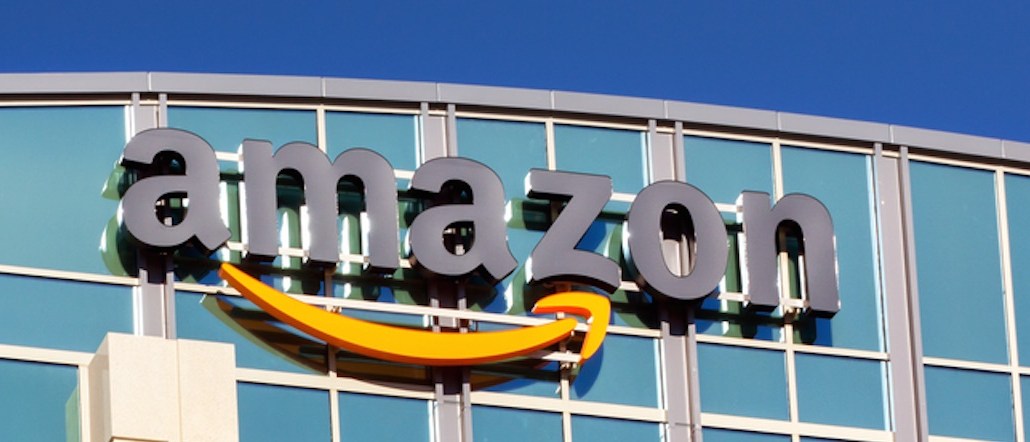#InsideAmazon: ‘Soul-crushing’ workplace slammed after New York Times exposé

Amazon unexpectedly found itself in damage control over the weekend in response to a blistering exposé published in the New York Times detailing the depressing work conditions at its sprawling Seattle campus.
The Times interviewed 100 current and former “Amazonians,” painting a less-than-stellar picture of a workplace environment where many fizzle out quickly. Employees are regularly seen crying at their desks because of blistering performance reviews, an anonymous feedback tool that employees use to backstab each other in order to advance themselves, and a non-existent work-life balance that pushes people to work 85 hour weeks.
And, unlike at other tech companies, there’s not even free food!
Reaction to the unfavorable piece was swift and strong. Gizmodo labeled Amazon’s workplace “soul crushing,” Slate jokingly said it was a “great place to work” — as long as you have no personal life or never get sick — and The Next Web slammed the Kindle-slinger as the “most evil company in technology.”
Those scathing headlines shocked Amazon into damage control. Although it doesn’t comment on “individual news stories” about itself, the company pointed reporters toward an absurdly long post on LinkedIn from an Amazonian that called the Times’ story “blatantly incorrect.”
The public flogging of Amazon even prompted CEO Jeff Bezos to circulate a memo on Monday to employees encouraging them to read the story but goes on to say that it “doesn’t describe the Amazon I know or the caring Amazonians I work with every day.”
“I strongly believe that anyone working in a company that really is like the one described in the NYT would be crazy to stay,” Bezos admits. “I know I would leave such a company.”
Bezos didn’t say if any of Amazon’s allegedly draconian practices were going to change.
The Times’ piece ignited the hashtag #InsideAmazon on social media to trend, racking up roughly 500 mentions with the hashtag. According to data obtained by Digiday from Brandwatch, conversation around the story garnered 17,000 mentions with negative sentiment outnumbering positive by 5-to-1.
#InsideAmazon is trending because they are what I’ve always believed they were, a low paying over worked #Walmart of the internet.
— Jimmy Fats (@jimmywhiz) August 15, 2015
“Amazon doesn’t condone a culture of violence towards its employees. In other news, meet our new hire, Jeremy Clarkson!”
— Dan Cooper (@danielwcooper) August 17, 2015
Well if Jeff Bezos says the Amazon article was all wrong it must be… I mean Jeff wouldn’t have a vested interest would he?
— Matt Buckland (@ElSatanico) August 17, 2015
“The only way to consistently ship phones, tablets, and set-top boxes nobody wants or buys is to overwork and abuse our employees.” – Amazon
— Casey Muratori (@cmuratori) August 16, 2015
Yet, the most horrific response to the story is a confession from an Amazon employee that says they don’t even break from working while in the bathroom. Still, the person writes anonymously on Motherboard that they haven’t experienced that brutal of an environment, but parts of it do ring true.
“The kicker of the feature comes from Amazon’s own recruiting video: ‘You either fit here or you don’t. You love it or you don’t. There is no middle ground.’ This is the perfect embodiment of Amazon’s corporate culture: If you don’t like it, you are the problem,” they write.
Image via Shutterstock.
More in Marketing

Pandora is betting on AI agents to scale service and emotional selling during the peak holiday season
Pandora is using AI agents to scale customer service and replicate emotional in-store selling online, just as peak season puts pressure on margins and teams.

Rembrand’s CEO wants to grow virtual ad placements in streaming, and he’s looking elsewhere for models
Omar Tawakol wants to improve advertising within the streaming world, and is working with advertisers and publishers to improve that experience.

Marketers are keen to use generative AI in ad campaigns, but hidden costs lurk
Marketers across the industry want to use AI to cut down on time spent in creative production. It’s not so simple in practice.





